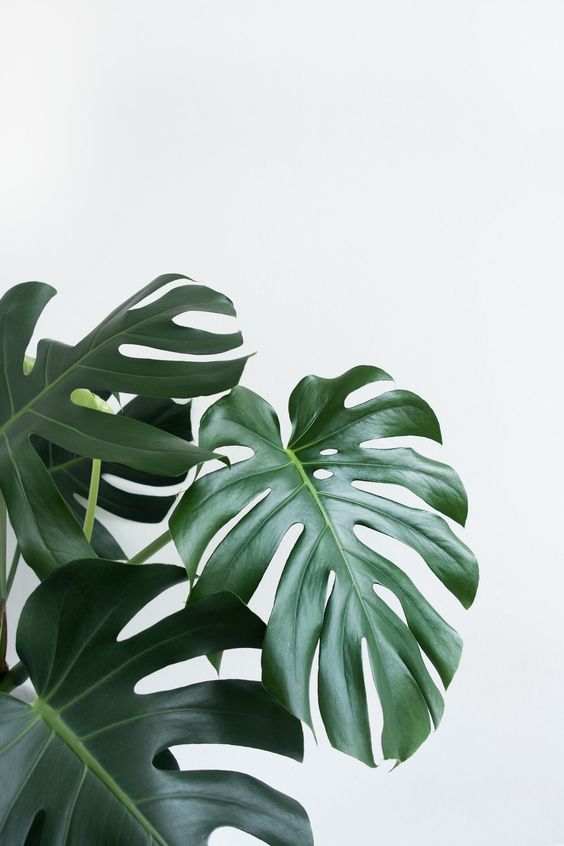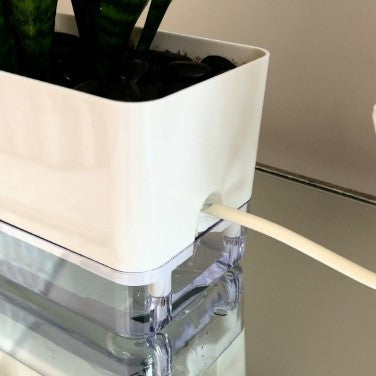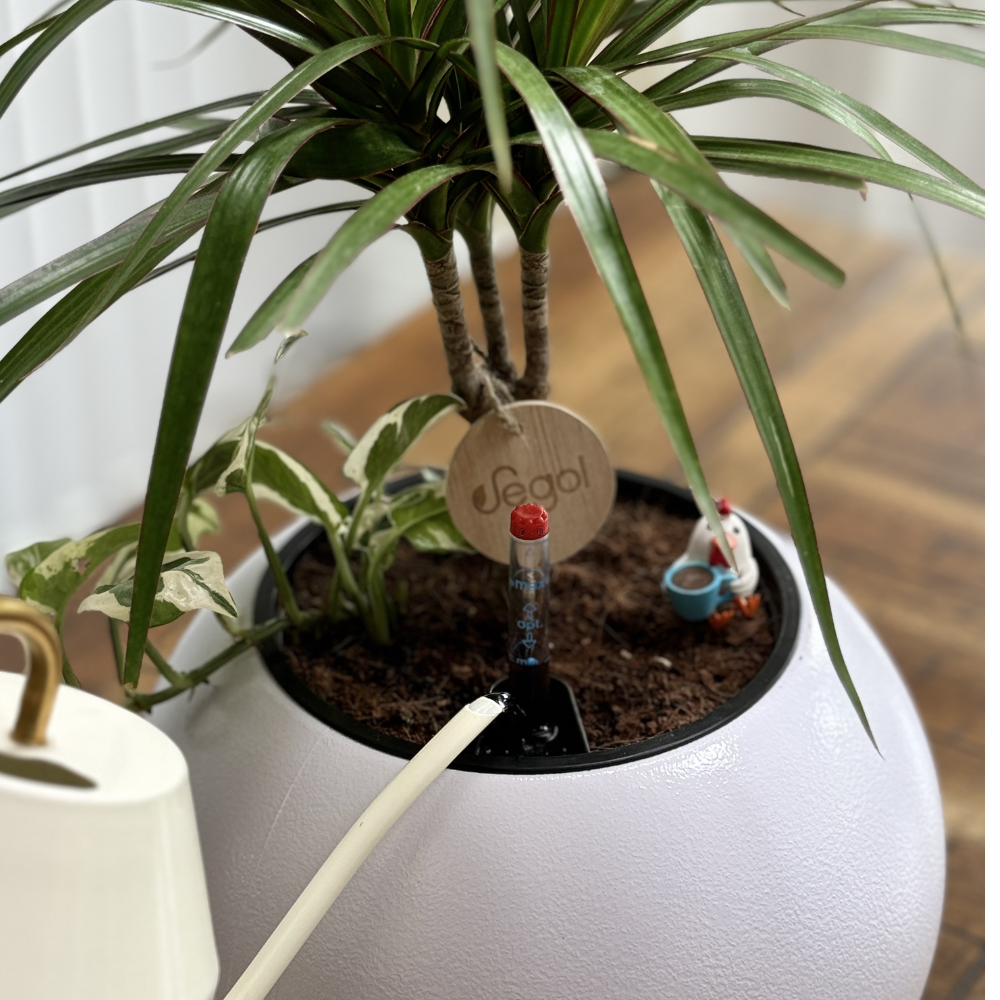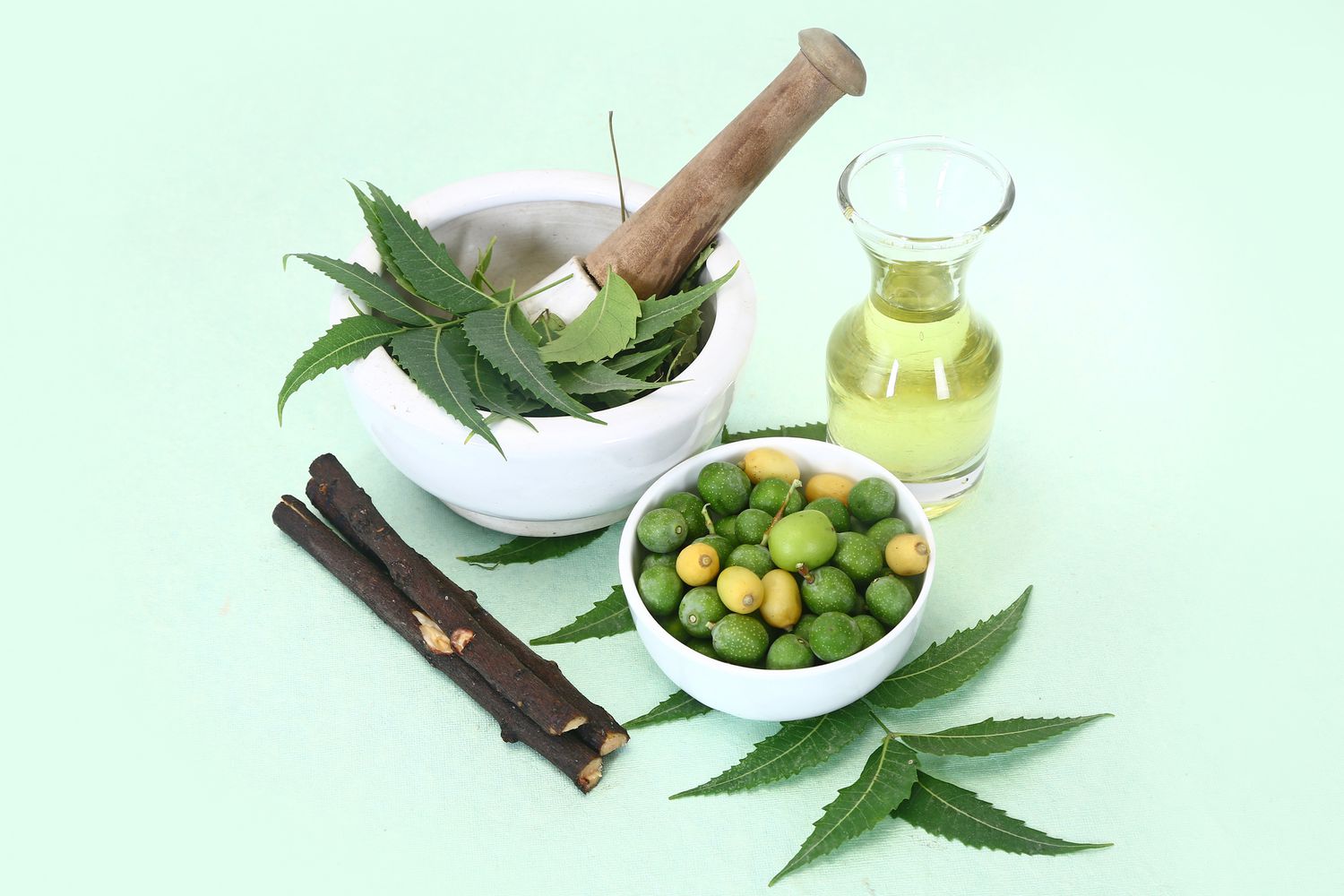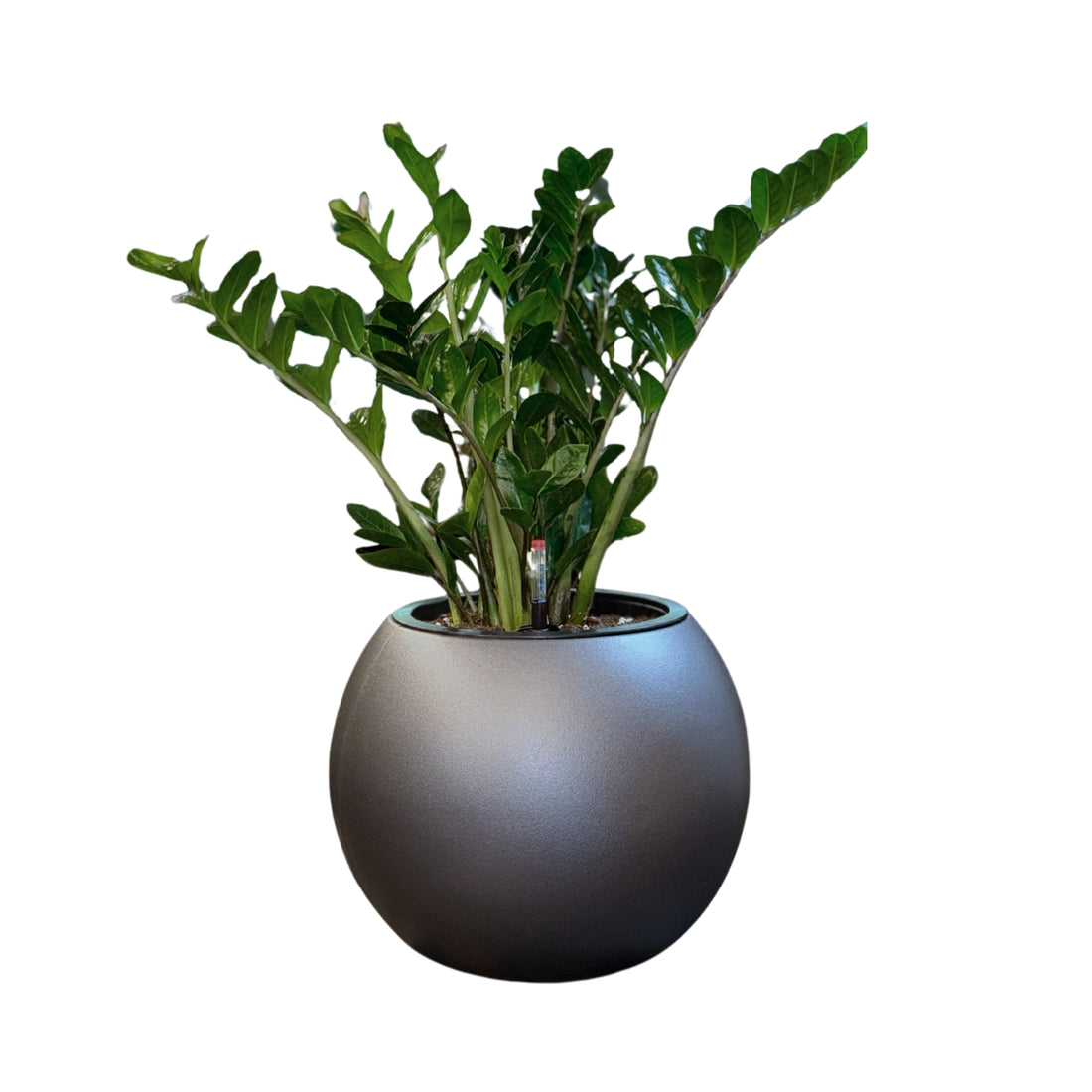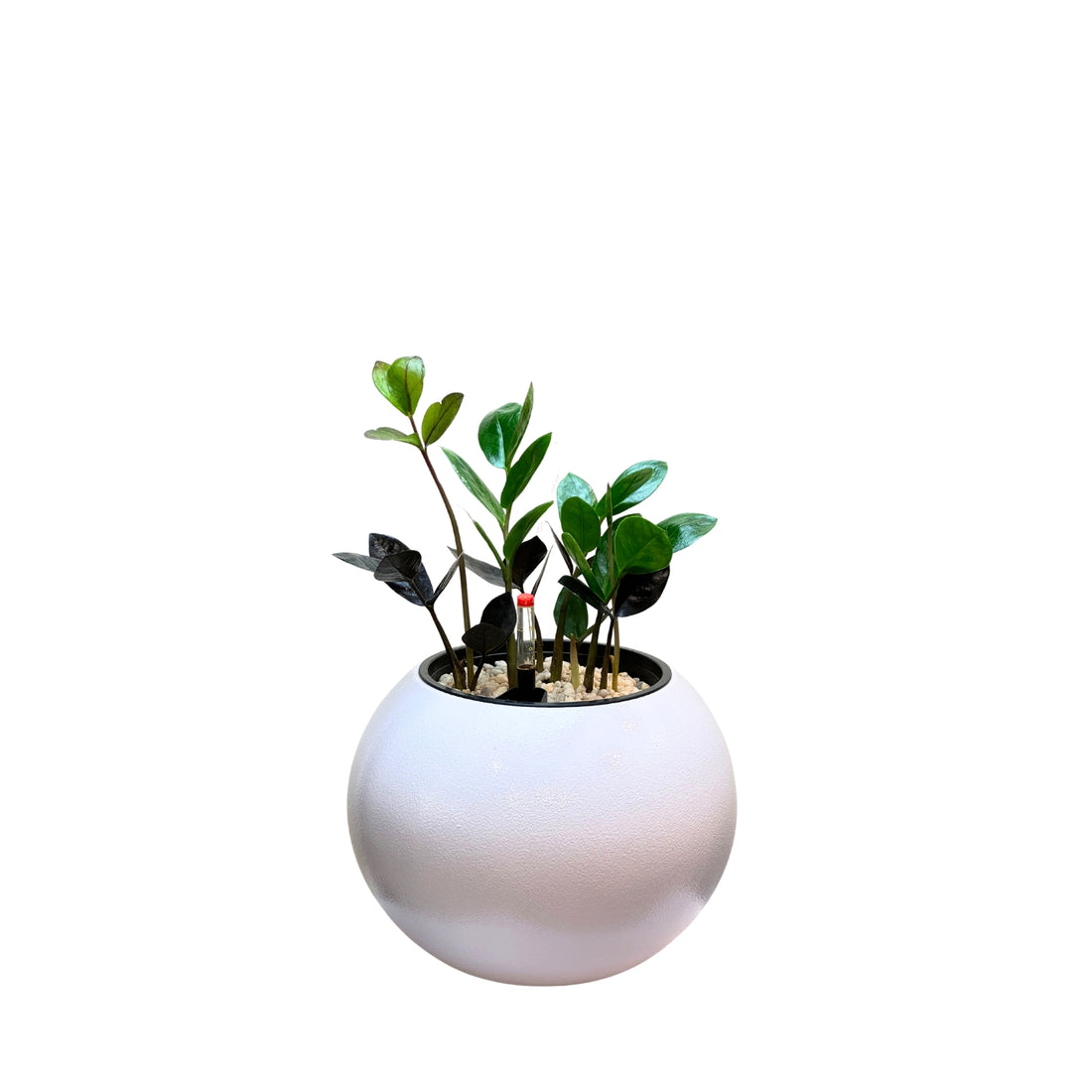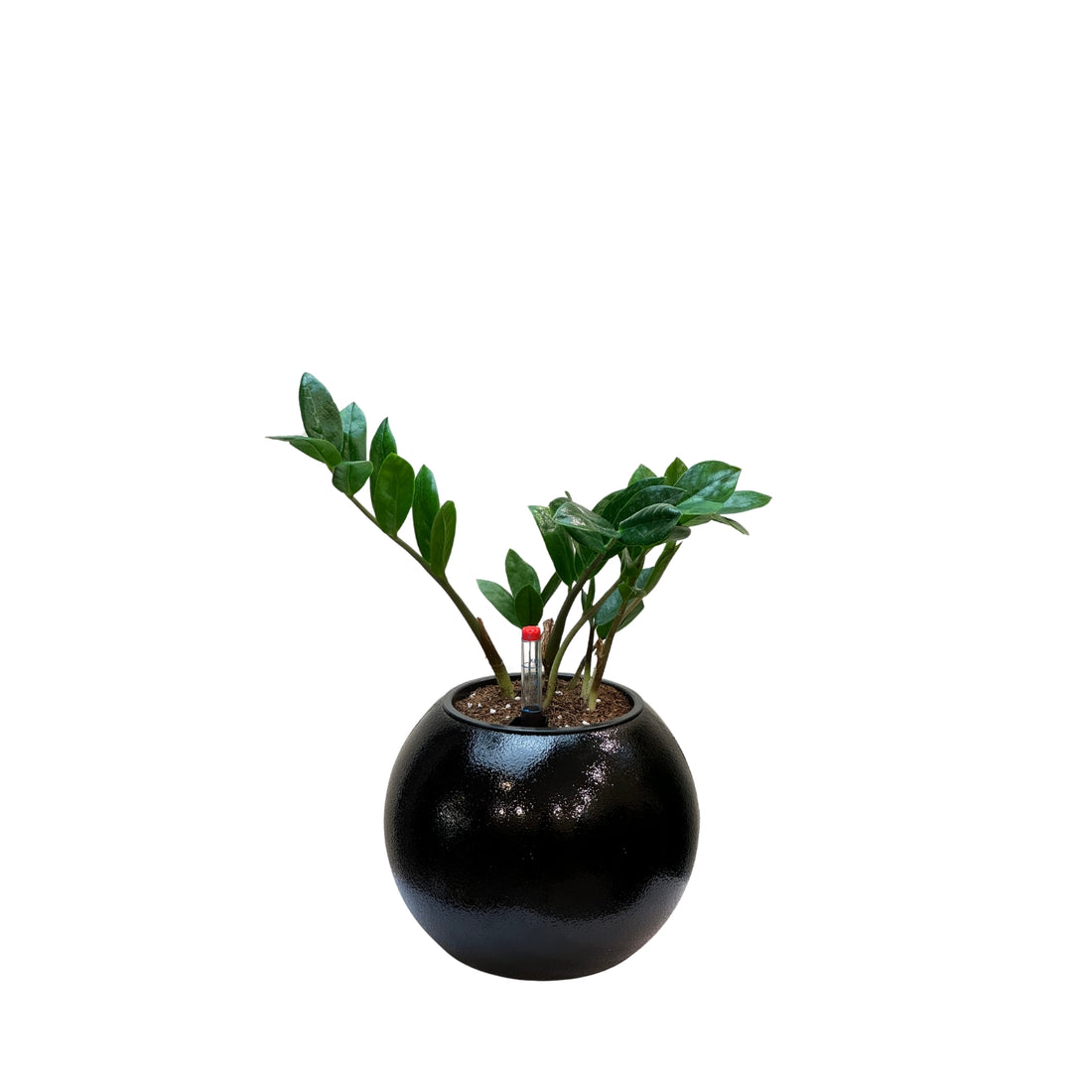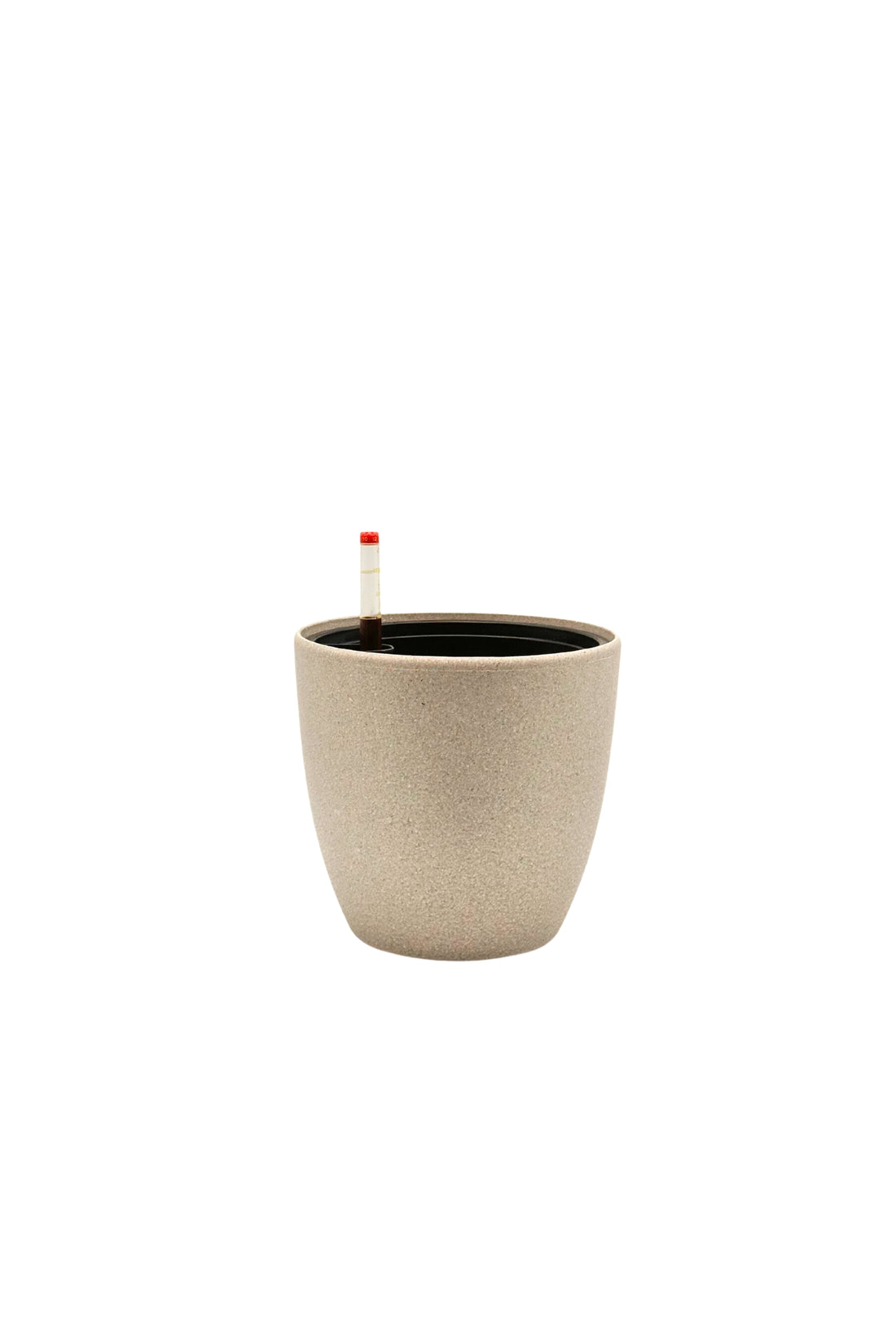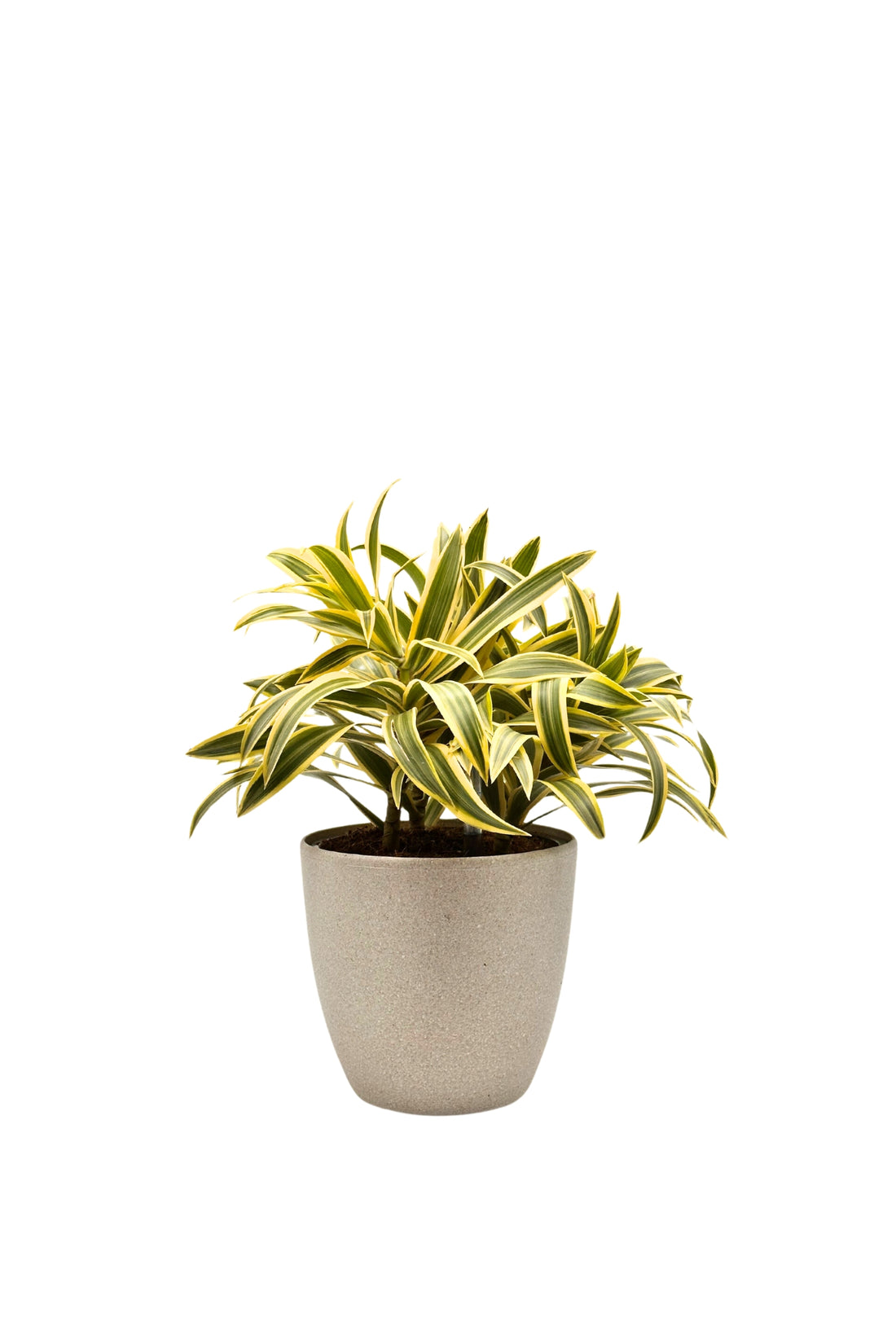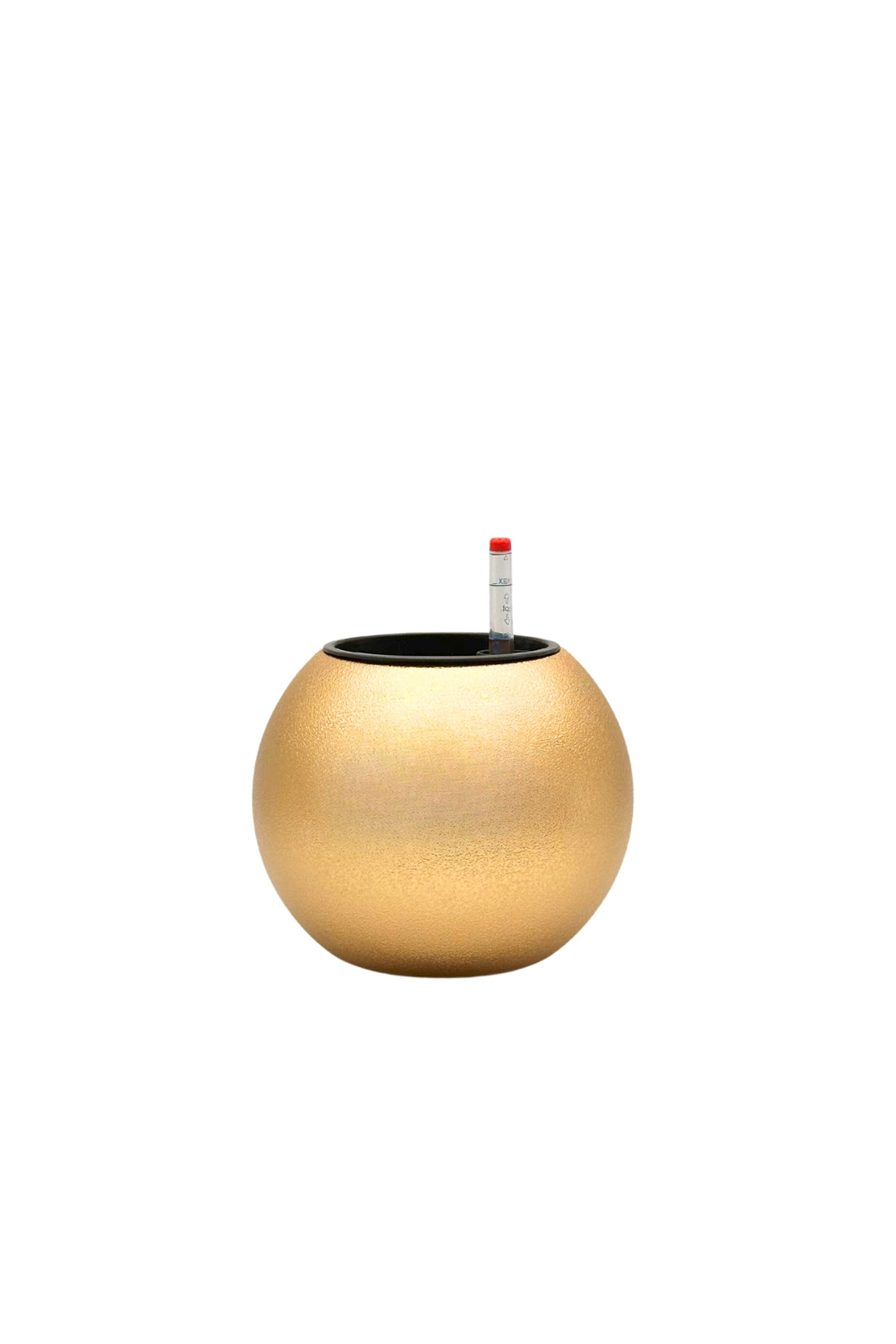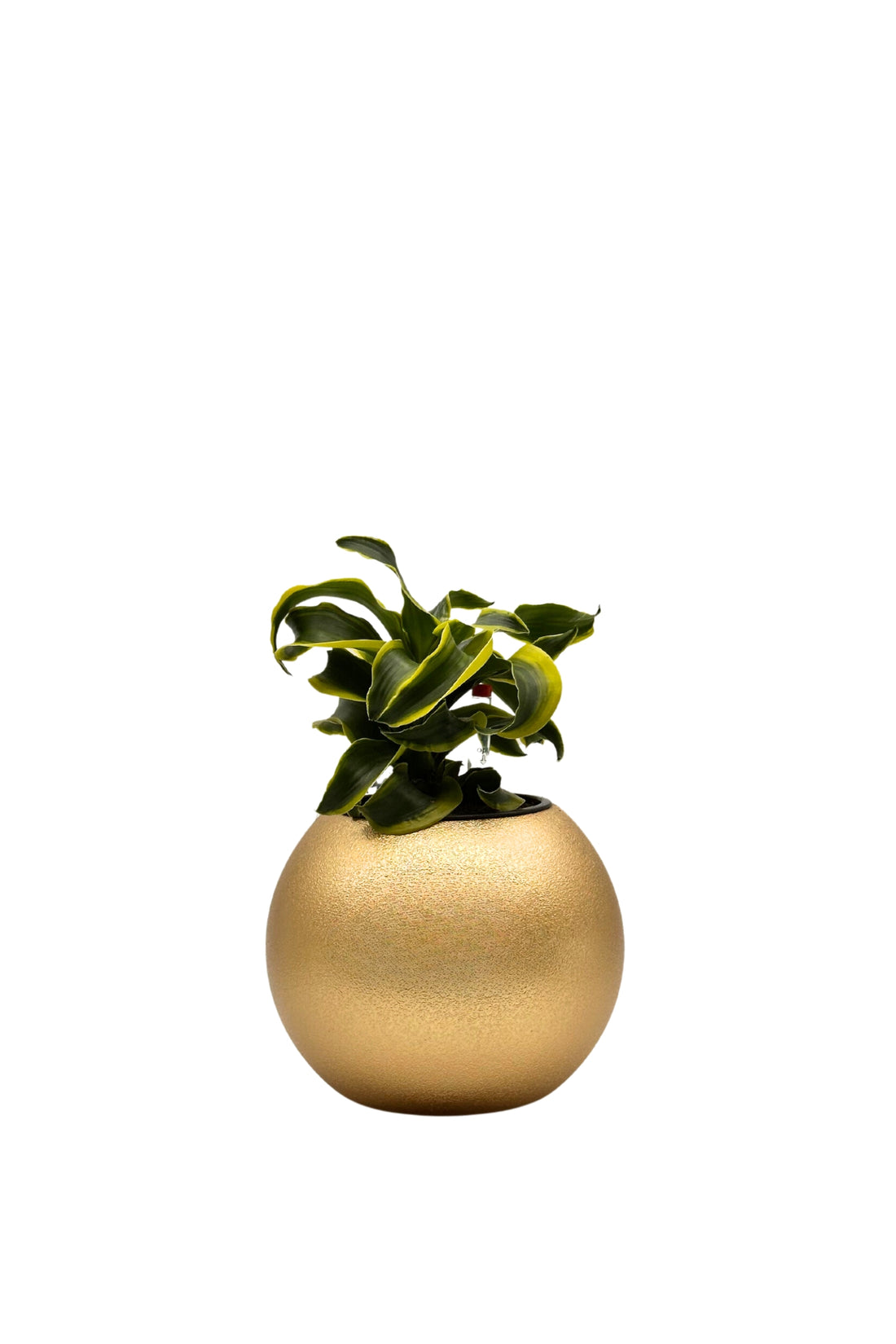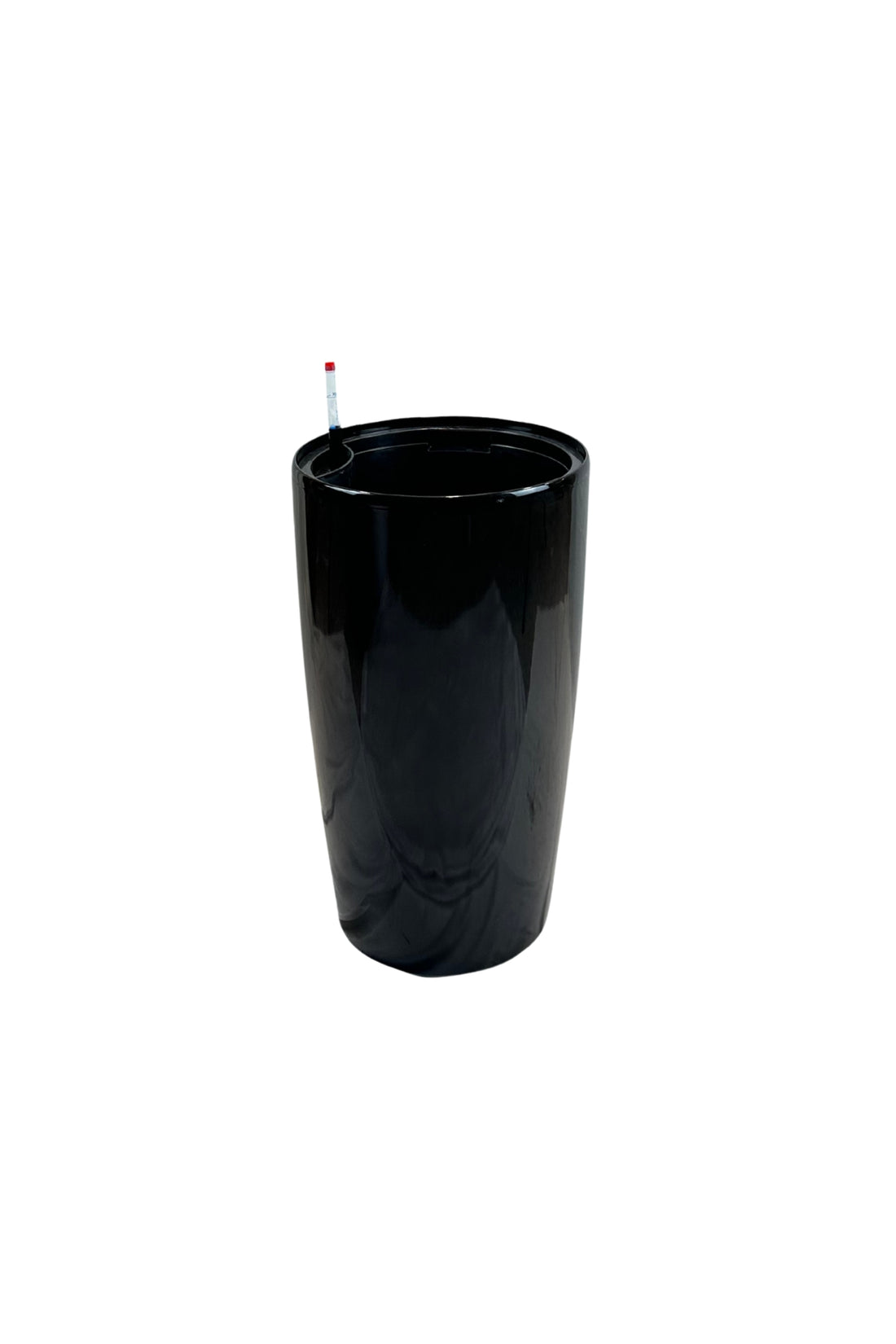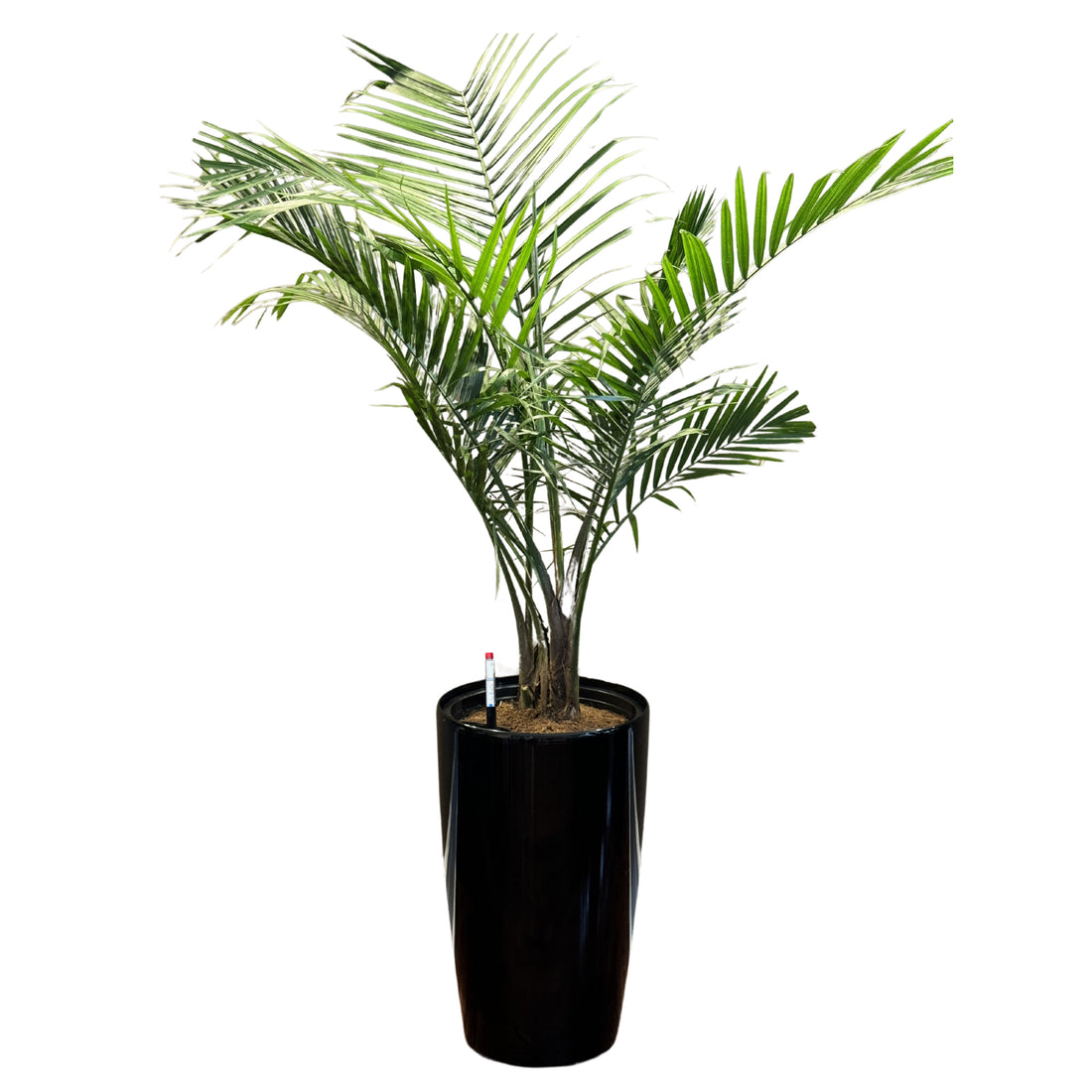SHOP NOW
What’s wrong with my Monstera?
Monstera plants, like many houseplants, can be susceptible to a range of diseases and pests. Here are some common issues that affect Monstera plants:
Root Rot:
Cause: Overwatering and poorly draining soil.
Symptoms: Yellowing leaves, wilting, and mushy roots.
Prevention/Treatment: Ensure proper drainage, avoid overwatering, and repot in fresh, well-draining soil.
Check the top layer of soil every so often, and only water when that layer is dry.
There is no cure for root rot, but you can save the plant if you catch it in time. Carefully remove the plant from its pot and inspect its roots. Prune away any yellow, brown, and mushy roots, and remove as much of the old soil from the root ball as you can. Use shears to trim away the affected roots.
Carefully replant in a clean pot with fresh, dry soil.
Because Monsteras are such fast growers, you need to increase the pot size annually. When repotting, do so with care, as it can result in transplant shock.


Brown spots on Monstera leaves are yet another symptom of root rot. As mentioned, root rot develops from overwatering, or when a plant’s soil doesn’t drain well.
Leaf Spot Diseases:
Cause: Fungal or bacterial infections.
Symptoms: Brown or black spots on the leaves, often with a yellow halo.
Prevention/Treatment: Remove affected leaves, improve air circulation, and avoid getting water on the leaves. Fungicides can be used for severe cases.

Bacterial Leaf Spot:
Cause: Bacterial infection.
Symptoms: Water-soaked spots that turn brown and may have a yellow halo.
Prevention/Treatment: Remove affected leaves, improve air circulation, and avoid overhead watering.
Bacterial Leaf Spot is a common disease affecting Monsteras and several other house plants. It causes yellow spots that develop tanned centers as they age. Eventually, the tan becomes dark brown and secretes a sticky substance. If left, a Bacterial Leaf Spot can kill your Monstera and spread to your other houseplants.


Environmental Stress:
Cause: Incorrect lighting, temperature fluctuations, or low humidity.
Symptoms: Yellowing leaves, leaf drop, and slow growth.
Prevention/Treatment: Ensure proper light, maintain stable temperatures, and increase humidity if needed.
Monsteras can handle low light but may suffer if it's too little, starting with yellowing lower leaves. They thrive in bright, indirect sunlight, so place them near a west or east-facing window for several hours of indirect light daily.
Sudden temperature fluctuations can also cause the Monstera to lose its green hue. These tropical plants enjoy warm environments, thriving best in temperatures between 60F and 80F. To keep their leaves lush and green, keep them away from drafts, fans, air conditioners, and heaters.
Black leaves:
Improper watering, both under-watering and overwatering, can cause Monstera leaves to turn black. Direct sunlight can also burn their sensitive leaves. Monsteras thrive in bright, indirect sunlight; if your spot gets direct sun, use a sheer curtain to filter the light. Black leaves can also indicate disease, such as root rot.
These plants grow best when planted in a special houseplant soil mix. You could easily make your own, too. A simple mix of potting soil, perlite, and peat moss or coconut coir at a ratio of 2:1:1 is perfect for the Monstera. This mix drains well while hanging onto moisture and staying light and airy, keeping the roots well-watered and oxygenated.


Tearing Leaves:
Monsteras are hardy but sensitive to direct sunlight. Their leaves can handle slight rough handling but may tear if weakened by stressors. If you see tears, move the plant to a safer spot and check for diseases or pests. Ensure all its needs are met. It might just need to be placed in a low-traffic area. Smaller Monsteras look great on desks or bookshelves, while larger ones thrive in low-traffic corners.


Rust Disease:
Monstera Rush Disease
Try to dry out the leaves when watering your Monstera.
Rust disease presents as small, rust-colored spots on the undersides of leaves, eventually leading to leaf drop.
Causes of Rust Disease: Caused by a fungus, it spreads through water splash and high humidity.
Solutions for Rust Disease: Isolate affected plants to prevent spread. Improve ventilation and avoid wetting leaves when watering. Fungicides may be necessary for severe cases.

Leaves Curling:
Curling leaves on a monstera plant can indicate stress, which may be caused by factors such as underwatering, temperature fluctuations, pests, and low humidity. It is also typical for new leaves to curl.
If a plant is receiving excessive sunlight and insufficient moisture, it may exhibit similar symptoms. To rectify this, relocate the plant to an environment with consistent conditions and moderate exposure to both sunlight and shade until the leaves return to their normal state. To avoid overwatering the plant, water it thoroughly and then wait until the topsoil becomes slightly dry to the touch before watering again.

Powdery Mildew:
Cause: Fungal infection.
Symptoms: White, powdery growth on leaves and stems.
Prevention/Treatment: Increase air circulation, reduce humidity, and treat with fungicides if necessary.
Monsteras, like many houseplants, can develop white powder on their leaves due to powdery mildew. This disease spreads quickly and can kill plants if not addressed. It thrives in warm, humid conditions, like what Monsteras prefer. To manage it, isolate the affected plant, prune and discard infected foliage, and ensure good airflow between plants. Avoid misting or splashing water on the leaves. For persistent mildew, use organic solutions like baking soda or a milk solution.


Anthracnose:
Cause: Fungal infection.
Symptoms: Dark, sunken lesions on leaves and stems.
Prevention/Treatment: Remove affected parts, improve air circulation, and apply fungicide.
Anthracnose is another common disease that can kill Monstera plants. The first symptom is yellowing leaf edges. Eventually, the yellow turns a sickly brown color and spreads until it covers the entire leaf. Anthracnose kills off foliage quickly and can leave large lesions on the Monstera’s stems.
Pest:
Common Pests: Spider mites, mealybugs, scale, and aphids.
Symptoms: Discoloured or damaged leaves, sticky residue, and visible insects.
Mealybugs often nestle on the undersides of leaves.
Sap-sucking insects like aphids and scale often gather on the undersides of Monstera leaves, causing stunted growth, yellowing, and deformed leaves. Aphids can also carry mosaic viruses, which cause disfigured leaves. While there is no cure for mosaic viruses, aphids and scales are easy to remove and prevent.
Another common pest that adores Monsteras as much as we do is spider mites. These tiny little pests are difficult to spot, but their webbing is very noticeable. They can also leave speckles of yellow or red spots across your Monstera’s leaves.
Spider mites thrive in dry environments, which Monsteras hate. To scare them off, increase the humidity around your Monstera.
Larger infestations may call for insecticidal soap, which suffocates spider mites.
Regularly inspect plants, use insecticidal soap, neem oil, or appropriate pesticides, and isolate infested plants to prevent spreading.
When you spot these pests on the undersides of your Monstera’s leaves, simply pick them off. Squish them between your fingers or toss them into a bowl of soapy water.
Larger infestations call for Neem oil or an alcohol solution. Neem oil works wonders for aphids, while the latter kills off the scale.
The presence of small brown spots on leaves can indicate a pest infestation. Applying insecticidal soap solution can effectively eliminate pests.

Browning Leaf:
The number one reason Monstera’s leaf tips are browning is a lack of water. As mentioned, watering incorrectly can quickly spell trouble for your plants. Don’t let too many days pass between waterings, and remember to check the top layer of soil frequently.
As a tropical plant, Monsteras grow best and stay green in high levels of humidity. The best and most effective is a humidifier or placing your plant in a more humid location.
Wilting:
Another common reason for a Monstera wilting is a lack of space within the pot. Compacted roots prevent the plant from absorbing enough water and nutrients, weakening the plant overall. If your plant’s leaves are wilting and you notice its roots popping out from the drainage holes of the pot, it needs to be moved to a larger pot.
When you do repot, do so with care, as wilting is also a sign of transplant stress. Slight wilting is normal after repotting, as the whole process is stressful for plants. But, if the wilting persists, the plant’s roots may have been damaged.
You can save your Monstera by pruning unnecessary growth and watering correctly to keep the roots moist. You can also add a weak sugar water solution to the soil.
The best way to avoid transplant shock is by being very gentle with the plant’s roots when repotting.
Wilting or drooping in monstera plants can be attributed to various factors such as inadequate watering, temperature fluctuations, pest infestations, or shock.
If your monstera's foliage is limp, it needs moisture. Water the plant when the topsoil is dry up to an inch. Avoid over or under-watering.
To prevent droopy leaves, do not place the plant near air conditioning or heating vents due to sudden temperature changes.


No Fenestration:
Allow plenty of time for your Monstera to mature before worrying about a lack of fenestration. These plants are loved for their large, hole-filled leaves, but it can take a few years for them to develop.
Young Monstera leaves might not split because the plant is too young. Patience and proper care are key. Sometimes, lack of fenestration is seasonal. Monsteras often go dormant in colder months and may sprout new leaves that don't split until warmer weather returns.
For established Monsteras, insufficient light and water can cause leaf splits to be absent. Ensure your plant gets enough light and is watered correctly. Fenestration depends on plant age, season, and light. Young leaves remain whole until the plant matures and leaves typically split as the growing season begins and temperatures rise.
Place your Monstera where it receives light from above to encourage leaf splitting and ensure that the lower leaves also receive light.

Lack of New Leaves:
Leaves should uncurl and grow when your Monstera is in the growing season.
There’s nothing like the excitement of watching new Monstera leaves grow and unfurl. But it can be worrying when no new leaves develop.
A lack of new growth could simply mean your Monstera is dormant, especially if it’s during the colder months of the year. Your plant is just conserving its energy for spring and summer, its active growing season. Leave your plant be, keeping up with its care.
However, no new leaves during its growing season could mean the plant is stressed out. To save itself, it won’t sprout new growth, saving its energy as best it can. Several things can cause plant stress, from improper care to being root-bound.
When troubleshooting potential stressors, it’s best to start with light and water. These two aspects are usually the root causes of most houseplant issues. Also, try repotting the plant into a larger container with proper drainage and fresh soil.

Leggy Growth:
Proper lighting conditions will keep your Monstera from becoming leggy.
Leggy growth is often overlooked as an aesthetic issue, ignored by most houseplant parents. But, it can be a sign that your plant isn’t receiving sufficient light, or the room it’s in isn’t bright enough. It will often stretch and grow toward the light source, resulting in stretched leaves and leggy growth. Be sure to keep it near an east or west-facing window to stop it from reaching and stretching in odd directions.
Sometimes, leggy growth is simply a result of a lack of maintenance. While easygoing, Monsteras require some maintenance throughout their life, namely pruning.
Having a healthy pruning routine allows you to trim away any leggy, stretched foliage, keeping your Monstera looking its best. Pruning also encourages new, bushy growth and gives you the opportunity to propagate your plant.

Unbalanced Growth:
If your Monstera looks uneven, rotate the pot regularly for even sunlight distribution. Uneven growth happens when one side gets lighter, causing lopsided and leggy growth, which can lead to the plant toppling over.
To fix this, ensure all parts get equal sunlight. This simple step keeps the plant balanced without requiring movement.
Prune your plant occasionally to encourage uniform growth and keep it bushy and attractive. Rotate the plant every 2-3 days and prune periodically for optimal light exposure.

To maintain a monstera plant, Click here for more information.
